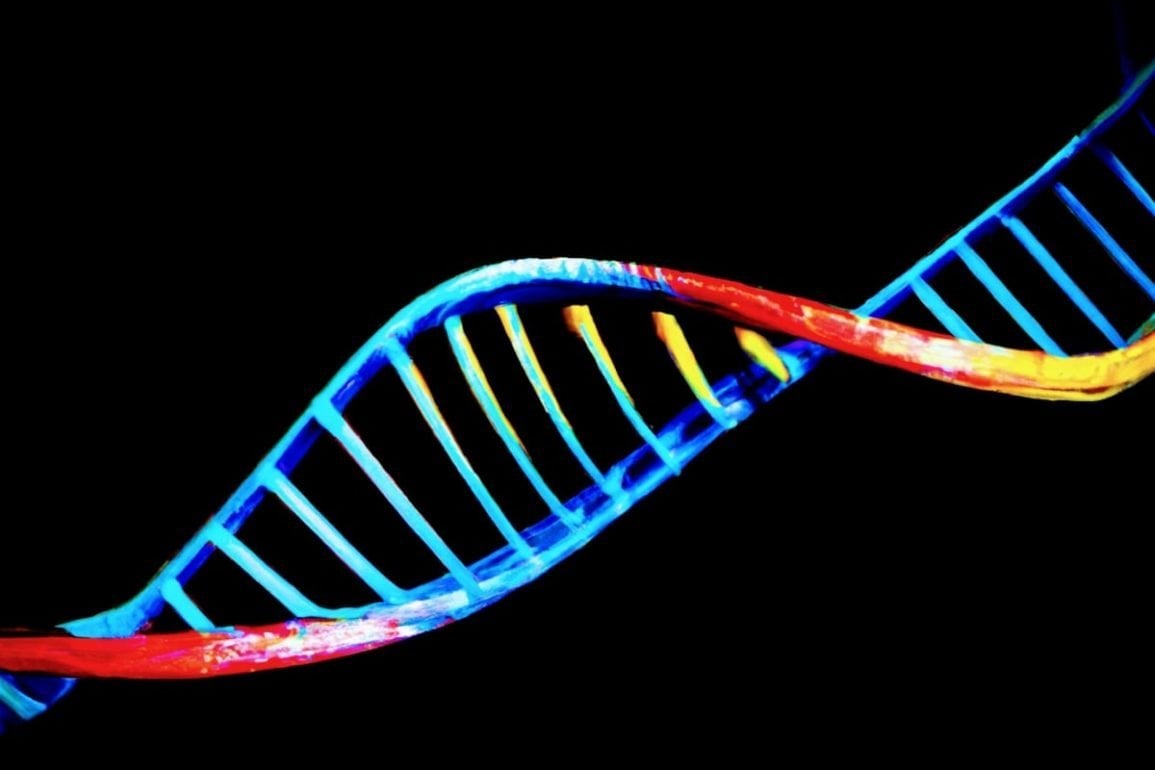 Researchers analyzed the DNA sequences from 240 mammalian species, showing how comparative genomics can shed light on how certain species achieve extraordinary feats and help scientists better understand the functional parts of the human genome. By identifying regions of the genomes that are most conserved across mammalian species, they pinpointed the genetic basis for uncommon mammalian traits, such as the ability to hibernate or detect faint scents from miles away. They also found genetic variants that are more likely to play causal roles in rare and common human diseases.
Researchers analyzed the DNA sequences from 240 mammalian species, showing how comparative genomics can shed light on how certain species achieve extraordinary feats and help scientists better understand the functional parts of the human genome. By identifying regions of the genomes that are most conserved across mammalian species, they pinpointed the genetic basis for uncommon mammalian traits, such as the ability to hibernate or detect faint scents from miles away. They also found genetic variants that are more likely to play causal roles in rare and common human diseases.from Neuroscience News https://ift.tt/eNEI3Dy
Comments
Post a Comment